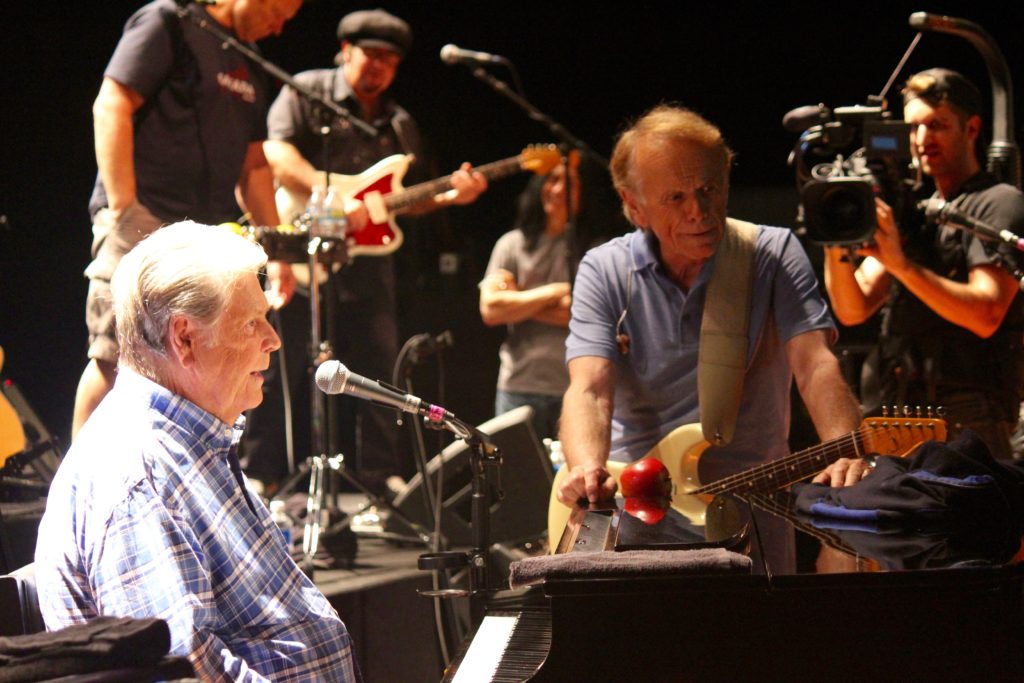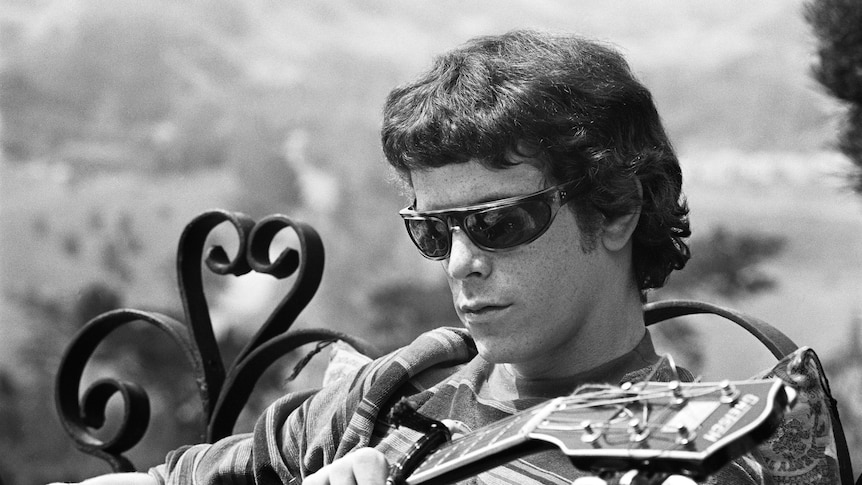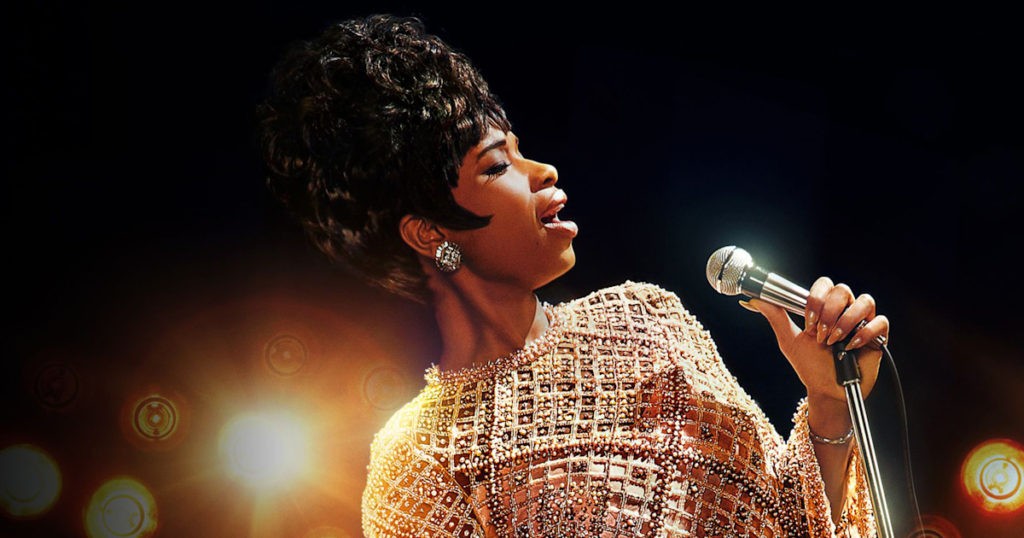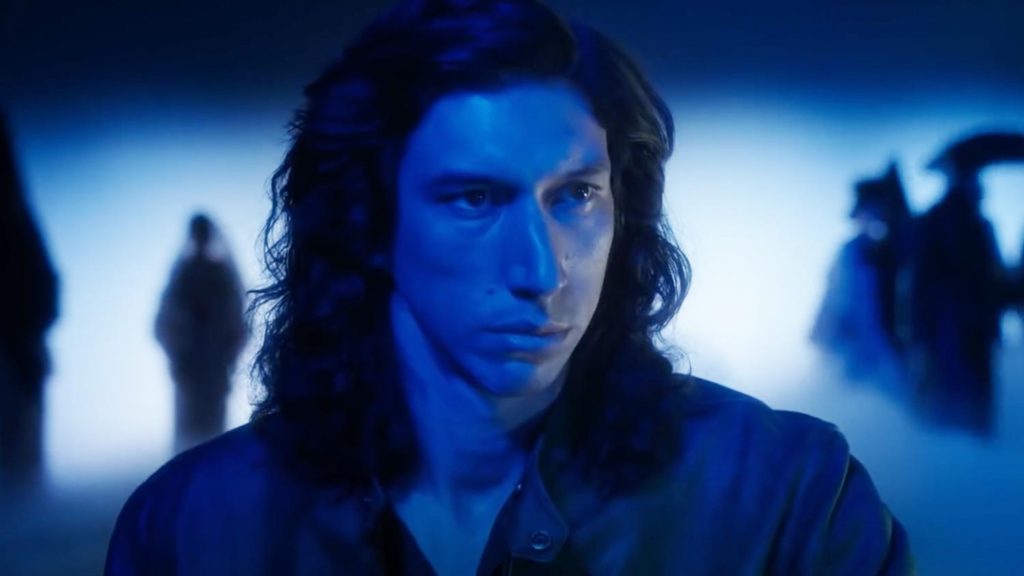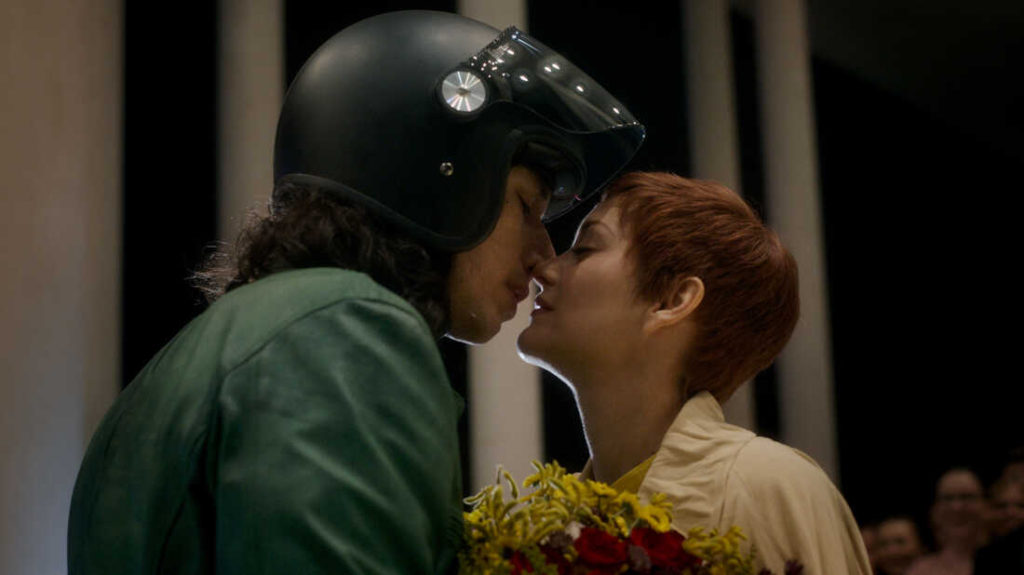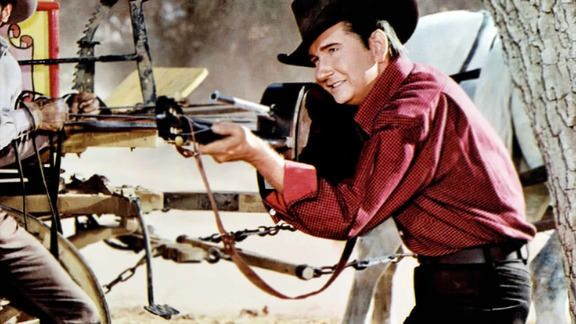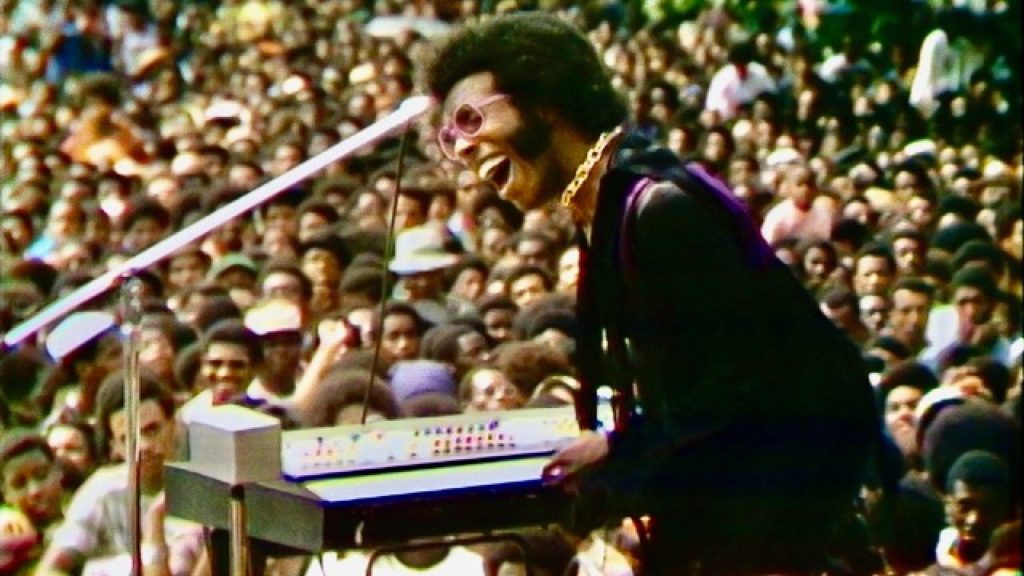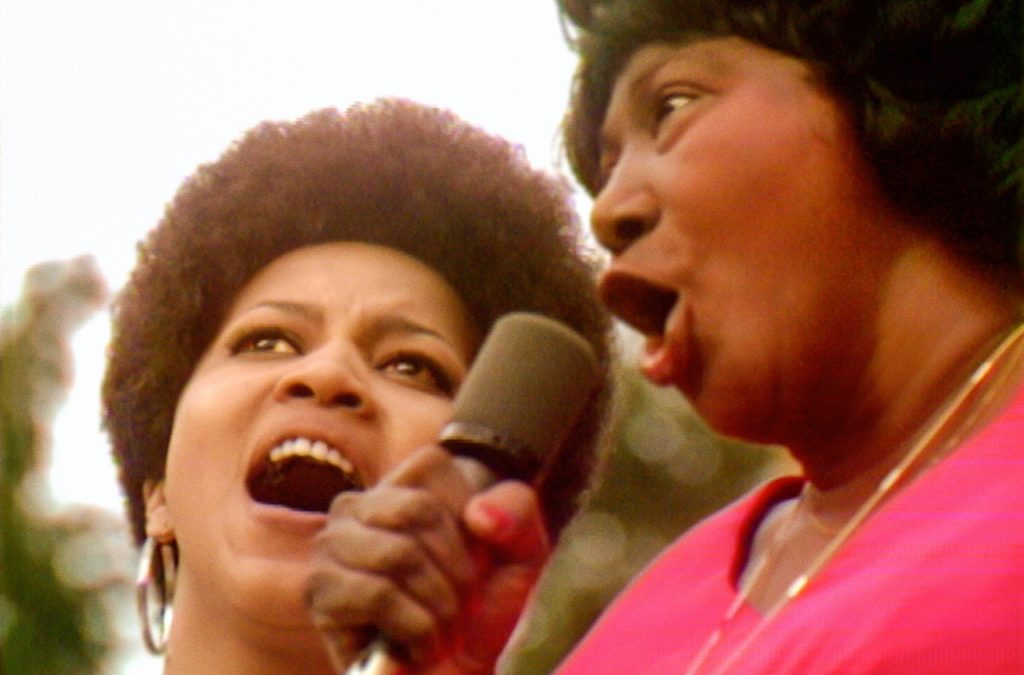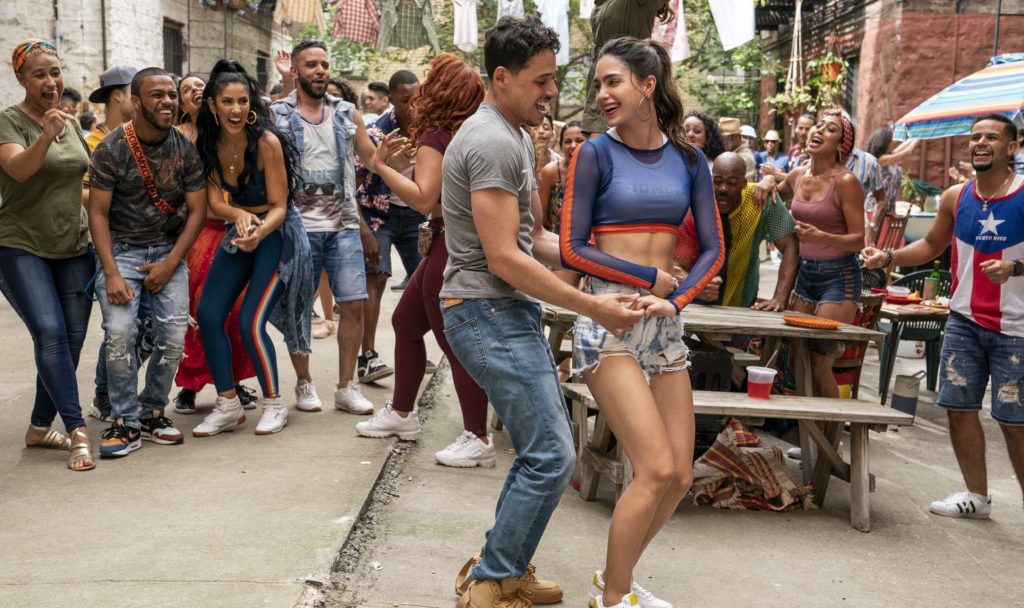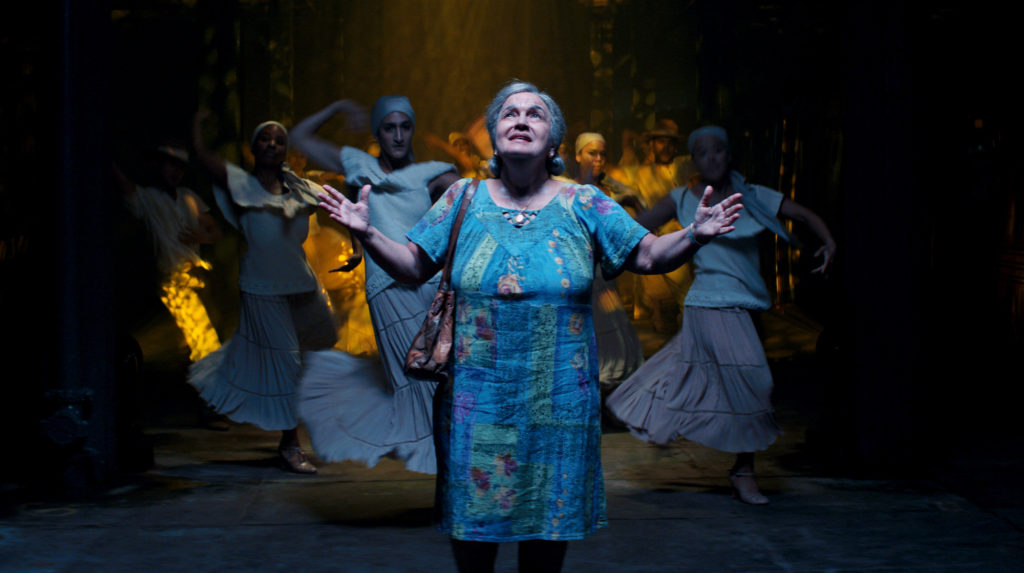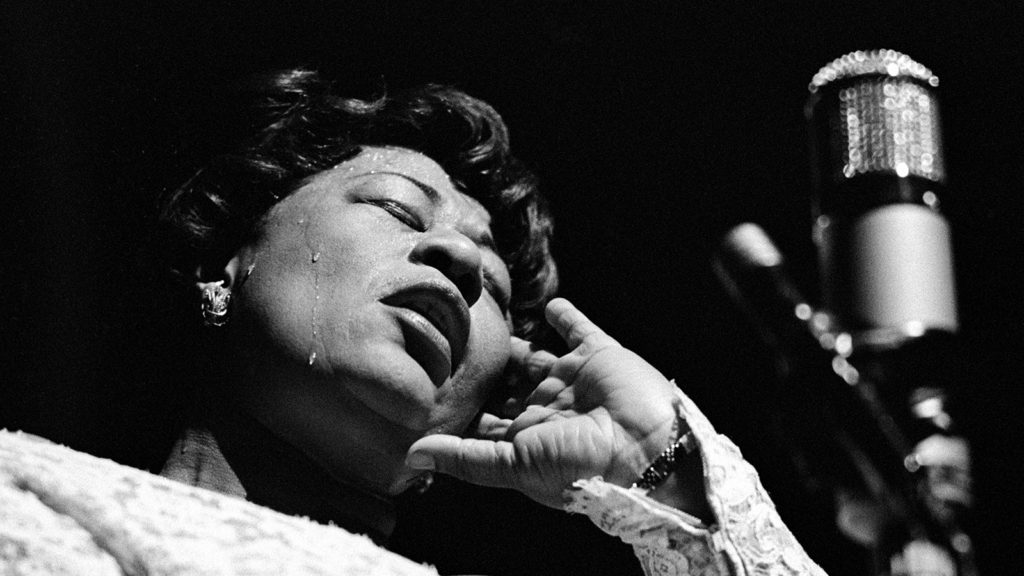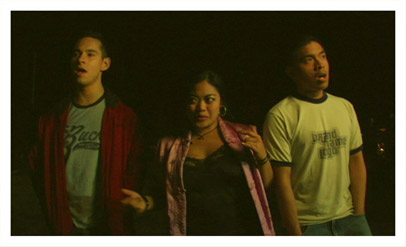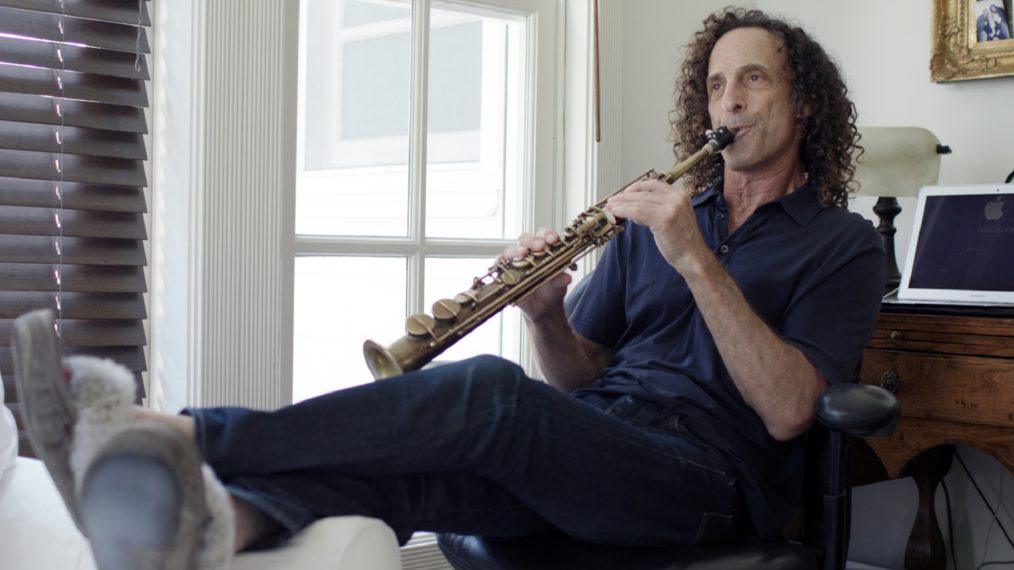
Listening to Kenny G is director Penny Lane’s surprisingly revelatory biodoc of smooth jazz icon Kenny G. Lane chose Kenny G as a subject to focus on the dramatic and passionate conflict of opinion about his music. Kenny G has sold over 75 million albums and has millions of fans, many of whom have gotten married to his music. The consensus of music critics and academics, however, is that his music is insipid, shallow, commercial crap.
It turns out that Kenny G and his critics may disagree about whether it is Good Music or Bad Music, but not on the underlying facts that Kenny G isn’t trying to challenge listeners, to express ideas or to engage in any cultural conversation. He is just trying to be very technically proficient and to make people feel good, especially relaxed and romantic.
We spend a lot of time with Kenny G, a nice guy who is very comfortable in his skin. He doesn’t show the least bit of bitterness toward those who spew torrents of bile at his work. Kenny G, who comes from the any publicity is good publicity school of public relations, is the perfect subject for a documentary film, very accessible, open and transparent. What you see is what you get. And he gladly points out the moments that he got lucky.
Listening to Kenny G works – even if you have zero interest in Kenny G – because of the Penny Lane’s imaginative approach. Lane (Our Nixon, Hail Satan?, NUTS!) has become one our funniest and most trenchant documentarians. Just watch the faces of the critics as they try to express, in a socially acceptable way, their views of Kenny G’s music.
Near the beginning, Lane asks Kenny G what he loves about music and gets this UNEXPECTED answer: “I don’t know if I love music that much. When I listen to music, I think about the musicians and I just think about what it takes to make that music and how much they had to practice.”
What Kenny G DOES love is doing something very well. His need to be the very best, without a bit of self-consciousness, drives him to work relentlessly at his skill on the saxophone – and at golf and aviation.
And here’s something I didn’t know: Kenny G’s Going Home from the Kenny G Live album has become the unofficial national closing song for businesses in China; every day, the song is looped over and over for the final half hour or so that businesses are open.
Listening to Kenny G is streaming on HBO. I highly recommend the 32-minute interview with director Penny Lane in HBO’s Extra Features.

